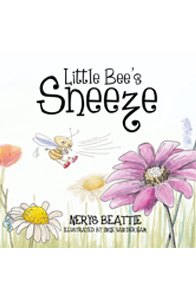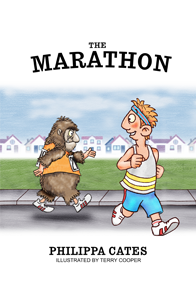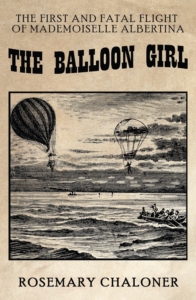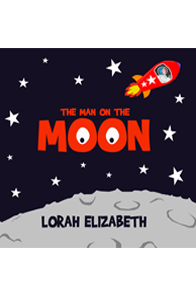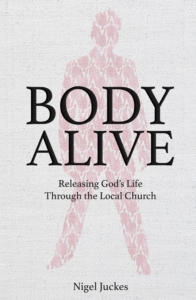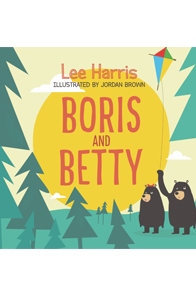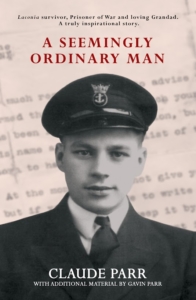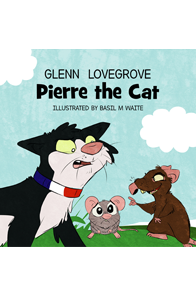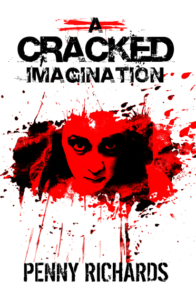Yet it was watching him, with its beautiful marred face and its cruel smile. Its bright hair gleamed in the early sunlight. Its blue eyes met his own. A sense of infinite pity, not for himself, but for the painted image of himself, came over him. It had altered already, and would alter more. Its gold would wither into grey. Its red and white roses would die. For every sin that he committed, a stain would fleck and wreck its fairness.
(The Picture of Dorian Gray, 1891, p. 89.)
The ‘it’ being referred to in the extract above is the portrait of Dorian Gray. It is of course referred to in the title and is hugely significant throughout the novel as the supernatural element upon which the plot hinges. Yet it remains that the painting means much more than that, it is a symbol utilised by Wilde for much of what he wanted to say. For those who have not read the novel, it is full of value in an aesthetic nature. If Wilde was against ‘art for arts sake’ then a painting of an individual, particularly one which is celebrating the artist at having excelled in his occupation, was a natural choice. This work receives special praise, despite the painter not having taken any new approach. The acclaim is due to the image of Dorian, a subject of such beauty that it is tantamount to artistic inspiration. After being blessed – or cursed – the painting then begins to bear the marks of Dorian’s age not to mention the scars caused by his sins. The painting becomes a symbol of his conscience, hidden away from the world in a locked room high up in the building; the same could be said of his mental state, motivations and the truth behind his actions which are located solely within his own mind.
As the ‘blue eyes meet his own’ it could be that the painting / conscience acts as a mirror too. Many writers like to use their writing to hold a mirror up to society and in this sense it could be that Wilde is offering a criticism of the aesthetic nature of upper classes as being no better than other classes; that true beauty is located within the soul and the pursuit of betterment in every way possible, not just by the way of physical beauty or academic achievement. Finally, it may also offer a similar criticism to Roland Barthes in that the author is dead and that a text is autonomous. In the novel, the painting continues to change long after Basil has finished his masterpiece and continues to change further still even after his actual death. From a biographical standpoint, this may mean that Wilde was already preparing a defence for the arguments or, in this case, the evidence that was to be levelled against him in court.
Whether or not you agree with my own theories or have more of your own to offer is not of importance, what is undeniable is that the novel employs symbolism in the form of the painting. John Mullan suggests ‘Symbolism in a novel is risky because it presses meaning on the reader. It gestures beyond events to their greater significance, detecting what is essential or eternal in the particular’ (2006, 295). It can be a particularly effective tool adding more layers to the text as in the case above but only if their meaning is translated by the reader. Generally speaking, ‘you can spot the symbols because the characters themselves draw attention to them’ (Mullan, 2006, 295).
An example from contemporary literature can be taken in the form of a hair band in Chris Kinsey’s upcoming novel A Dish Best Served Cold? Before the lovers Sonny and Rhian part for what could be the last time, she ‘slipped a hair band onto his wrist, to leave something of her with him’ (2019, 122-3). This was touching yet subtle and was not too overt or crude in its placement at this stage of the novel. Unsurprisingly, but pleasingly, the hair band reappears later in the novel. Sonny visits his beau in hospital after she has been attacked by the very person hunting him down. As she was in a coma, Sonny needed to let her know that he’d been to visit her before trying to put an end to matters once and for all. How did he do this? Well, of course, ‘he took the hair band from his wrist and looped it twice around the wedding finger’ (2018, 152). David Lodge summarises symbolism neatly by stating ‘If a metaphor or simile consists of comparing A to B, a literary symbol is a B that suggests an A, or a number of A’s’ (2011, 139). An inanimate object – in this case the hair band – was present at the moment they both lost their virginity becoming a reminder of that tender memory, a commitment to each other and a promise of a future together. Furthermore, hair bands stretch until both ends are further away from each other but through their strength and resistance are able to return to their previous state. The word commitment here is also particularly important as it is Sonny’s commitment to his task, his education and his partner that ultimately sees him succeed over the course of the novel.
In the process of writing your short story, poem or novel try to spare some time to think about important symbols which would be relevant to the text. A relationship can be captured by an item shared between the couple, a memory can be captured by a photograph, a traumatic event can be evidenced with a scar. However, what really makes symbolism work is the journey or transition that the symbol itself makes throughout the plot. Taking the scar as an example, it could have originally been a reminder of a past event which prevents the protagonist from taking risks and is eventually corrected with cosmetic surgery and skin grafts. Later on, as their character and resolve becomes stronger, it could be that it becomes a symbol of strength and bravery and the individual then risks repeating the injury, or worse, in the climax of the plot. Think about the journey your main characters or antagonists are going on and explore some examples which highlight, mirror and compliment these arcs.
Happy writing and as always, if you have any questions we are here to help!
A blog by Steve Marshall
—
Resources / further reading:
Kinsey, C. (2019) A Dish Best Served Cold? Cardiff: Candy Jar Books.
Lodge, D. (2011) The Art of Fiction. London: Vintage. Pp. 3-8.
Mullan, J. (2006) How Novels Work. This edition published 2008. Oxford: Oxford University Press. Pp. 9-39.
Wilde, O. (1891) The Picture of Dorian Gray. This edition published 2003. London: Penguin Classics.



